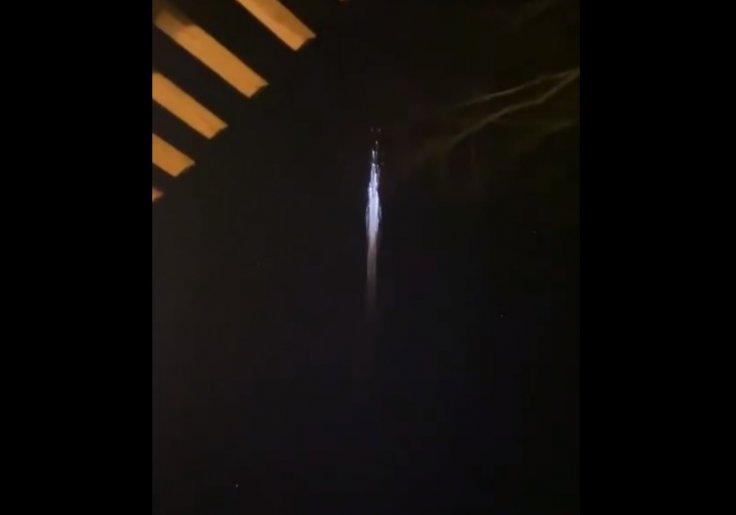Skywatchers and several residents in the Pacific Northwest were shocked to see a giant object entering Earth's atmosphere, and later burning out into several fragments on the night of March 25. The event literally perplexed people who watched the event and several people claimed that it was a meteor shower.
Meteor or Space Junk?
The object that entered Earth's atmosphere lacked the features of a meteor, as it screeched across the skies at a very low speed. As experts ruled out the possibility of this object being a meteor, space scientists suggested that this object that entered the atmosphere with dozens of dragging fiery tails could be most probably the death spiral of Elon Musk's SpaceX rocket.

Jonathan McDowell, an astronomer at the Harvard University, revealed that the debris likely came from a Falcon 9 rocket that launched on March 4 to put several Starlink satellites into orbit.
"The Falcon 9 second stage from the Mar 4 Starlink launch failed to make a deorbit burn and is now reentering after 22 days in orbit. Its reentry was observed from the Seattle area at about 0400 UTC March 26," wrote McDowell on his Twitter page.
National Weather Services Issues Clarification
The Seattle branch of the National Weather Service (NWS) also suggested a similar theory, and they also suggested that the mysterious object that burned out in the atmosphere could be debris from a SpaceX Falcon 9 rocket 2nd stage that did not successfully have a deorbit burn.
NWS also confirmed that space debris that re-enters the earth's atmosphere will not pose any risk to humans living on the planet's surface.
McDowell also suggested that several big pieces of space junk used to burn out in the atmosphere more common than people think.
"This is the 14th piece of space junk with a mass over one tonne [1.1 tons] that has reentered since Jan 1st this year. In other words, about one a week. Plus lots more smaller bits of course," added McDowell.
As problems surrounding space debris continue, a previous study has found that Russian space agency ROSCOSMOS is responsible for the rising number of manmade objects in the near-earth orbit. The study suggested that Russia is responsible for more than 14,403 pieces of space junk, while NASA has more than 8,700 pieces of space debris.









